60 simple sustainability tips to make your home, garden and life better
We spoke to experts to get their tips on practical steps we can all make to live a more sustainable life in all areas of our homes and gardens.

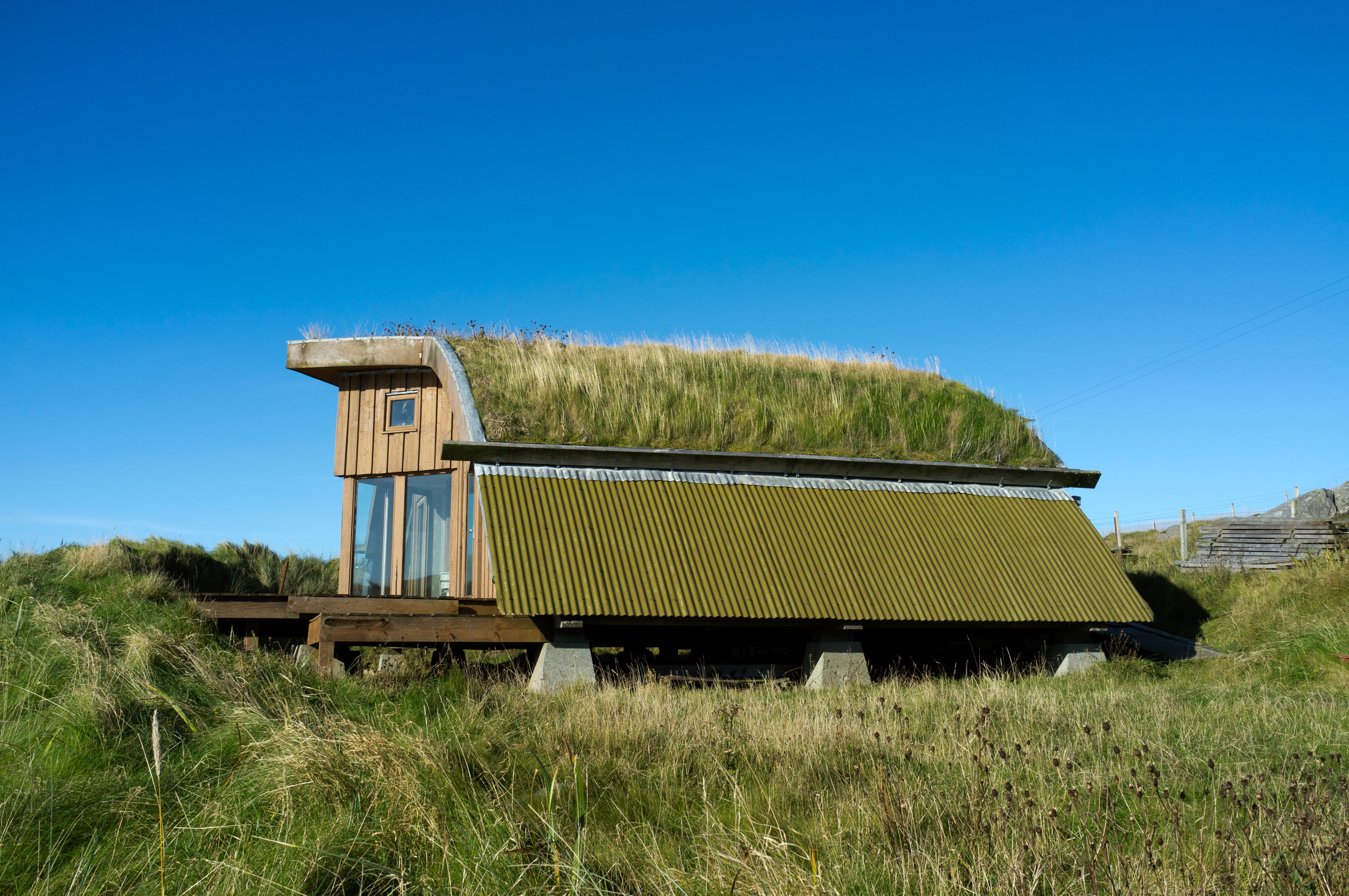
'Be the change you want to see,' said Mahatma Gandhi.
Those words ring truer today than ever before. We all need to make changes to save the world around us.
Some people will try to tell you otherwise. They'll cite the emissions of overseas nations, or claim that volcanic eruptions dwarf man-made CO2. But they're entirely missing the point.
‘One individual’s action may not make a big difference, but, by adding them all together, there will be a massive saving in the collective carbon footprint,’ says Dr Milena Buchs, associate professor in sustainability, economics and low-carbon transmissions at the University of Leeds’ School of Earth and Environment.
With that in mind, here are 60 highly achievable ways that we can all make a difference.
The kitchen
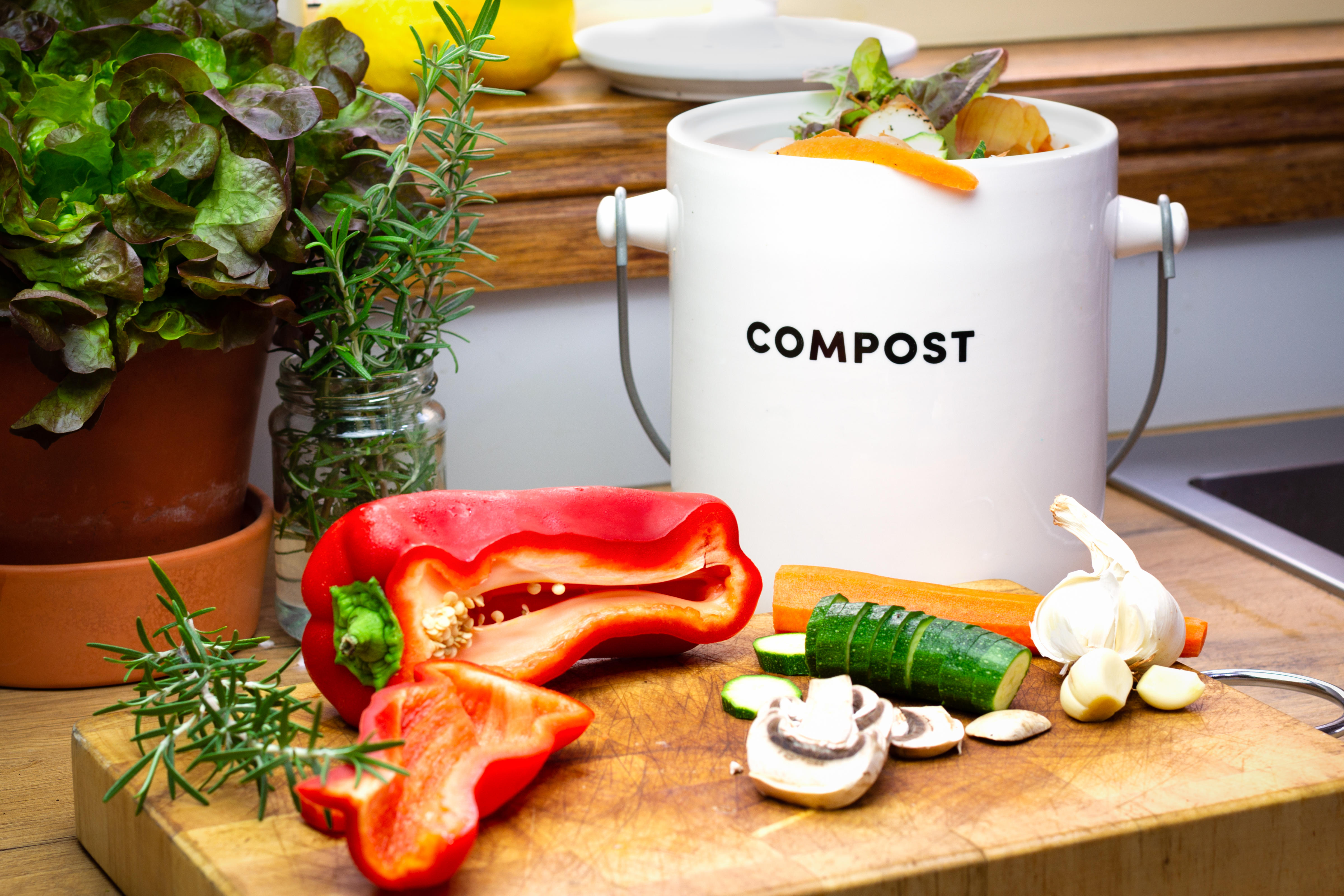
1. More than any other room in the house, the kitchen generates a huge amount of packaging waste. A 2018 survey by Recoup showed that 525,000 tonnes of plastic trays, pots and tubs alone were utilised in homes, with only 169,145 tonnes sent for recycling.
Ways of reducing the volume of plastic packaging brought into the kitchen include buying from farmer’s markets, pick-your-own farms, farm shops or the local greengrocer and taking reusable containers or bags for purchases; buying produce via a box scheme; growing your own; avoiding unrecyclable clingwrap and instead using foil or (even better) the new beeswax wraps and refilling household-product containers.
Exquisite houses, the beauty of Nature, and how to get the most from your life, straight to your inbox.
2. Use natural cleaning products — even Ecover’s former chief executive Mick Bremans was once quoted as saying that there’s no such thing as an environmentally friendly household product, as everything has an impact on the planet somehow, but some are far better than others.
KINN, founded by mother and daughter Marie Lavabre and Sophie Lavabre-Barrow in 2017, has won plaudits for its all-natural cleaning products. Miss Lavabre-Barrow says: ‘The use of sustainable raw materials helps to protect wildlife and ecosystems by reducing the unsustainable exploitation of raw-material feedstocks. By avoiding harsh chemicals, synthetic dyes, synthetic fragrances, parabens, petrochemicals and SLS/SLES, among other ingredients, we also minimise any risk associated with traditional cleaning products.
‘When you stop to think of the miasma of chemicals that emanates from these traditional products, it’s not hard to see the link between cleaning products and respiratory issues.’
3. Buy energy-efficient domestic appliances — our kitchen appliances are undeniable energy guzzlers that become even worse culprits if not used in the right way.
4. In their favour, dishwashers are said to use three or four times less water than washing up by hand, but should only be run when fully loaded, on an eco setting and the plates shouldn’t have first been run under the tap (scrape instead). Check out a new dishwasher’s Green credentials on www.sust-it.net and always plump for a quality product that will last.
5. Do the same for a washing machine. Sust-it names two LG models as its eco superstars. Running a washing machine on a cooler setting will reduce electricity usage significantly.
6. Clothes should be hung outside to dry as mother nature intended, but anyone who can’t contemplate life without a tumble dryer should consider the Siemens 8kg capacity dryer with emissions totalling 52.53kg CO2 per year.
7. Liebherr fridges enjoy a major thumbs-up from Sust-it, although www.ethicalconsumer.org puts Gorenje and Miele joint first. Liebherr says that its CBPesf 4043 combination fridge-freezer is about 20% more energy efficient than the A+++ threshold, the highest energy-efficiency classification. Since 1990, the energy efficiency of fridges and freezers has improved by 25%, so it can be worth trading in an old model.
8. Fridges should be sited away from cookers and not placed in direct sunlight to keep them naturally cool.
9. Defrost fridges at least every six months, if they don’t have an automatic function, and avoid putting hot food straight in.
10. Miele, Gorenje and Smeg score highly for the cookers they produce in research undertaken by Ethical Consumer (www.ethicalconsumer.org), which notes that induction hobs are ‘the least energy hungry’ choice and recommends avoiding self-cleaning ovens, a feature that’s highly energy intensive.
11. Broken appliances can probably be repaired by the manufacturer’s engineer or, if they’re old or they’re obsolete, a local repair business. The residents at Lammas, a pioneering eco-settlement in West Wales, buy second-hand white goods where possible and get them repaired locally. ‘We make sure that we purchase items that can be maintained or serviced, so we go for simpler, more robust models with no computer gadgetry,’ notes Tao Paul Wimbush, Lammas’s co-founder.
12. Buy a better bin — there are many waste ‘separator’ bins on the market that keep recycling to the forefront of the mind. The look-at-me Bo Touch Bin by Brabantia, which has three removable inner bins and comes in a range of colourways, is a step above in the attractiveness stakes, making this most essential of chores a pleasure.
In the future, Aldous Hicks — who notes that 79% of plastic waste still isn’t recycled — intends to take the recycling-bin concept much further, with his ReCircle device (www.recirclerecycling.com), which sorts, washes and grinds rubbish into pure materials. These are sold and made into the product again in a ‘100% closed-loop recycling solution’.
13. Ditch sponges and scouring pads made from non-renewable sources containing harmful synthetic dyes and disinfectants to those made from sustainably grown crops, such as loofah and coconut.
The dining room
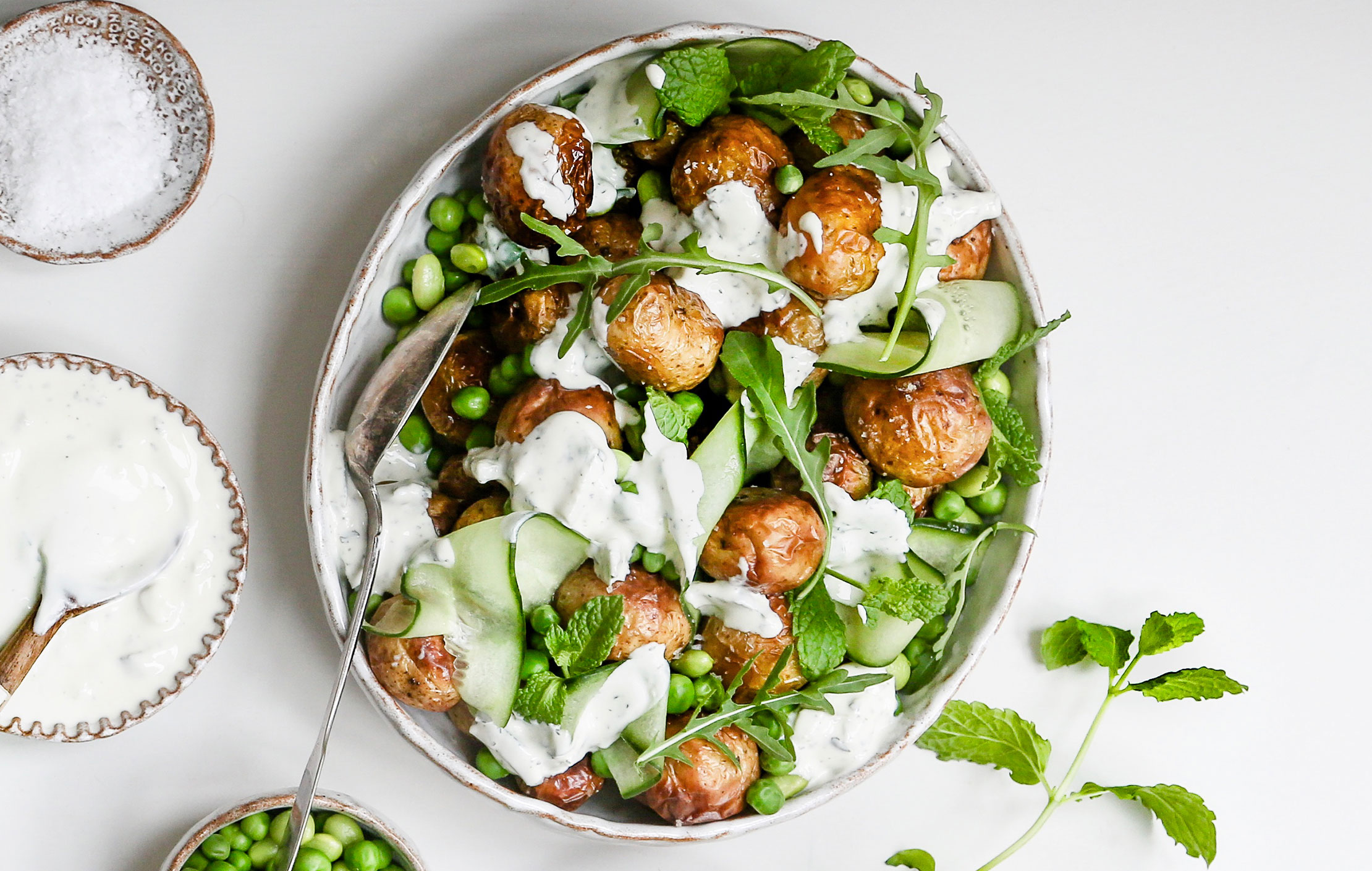
14. The UK’s livestock industry is responsible for 5% of the UK’s total carbon emissions, making it significant, but the manure is spread on the land, which, in turn, improves the soil. With meat eaters in the UK consuming almost double the world average, one way to help the planet is to reduce our consumption, adopt a flexitarian regime (plant-based, with smaller amounts of meat, fish and dairy) or consider a radical diet change.
According to a report by the Vegan Society and Oxford University, eating a plant-based diet is the most significant way an individual can combat climate change. However, if you can’t live without meat, try to eschew intensive livestock farming to buy British, buy local and buy grass-reared — and also eat more game, which is good for you.
15. Vegetable-box schemes enable householders to buy seasonal and keep food miles to a minimum. According to the Soil Association, online organic sales rose by 14% last year, much of the hike being attributable to increasingly popular box schemes.
Riverford delivers 47,000 boxes a week around the UK and, on its website, quotes a study undertaken by Exeter University that found ‘because home delivery consolidates many people’s shopping journeys into one, it is generally more efficient than going in your own car’.
16. About 4% of British people now get their milk delivered in glass bottles — like in the ‘good old days’ — and others are starting to buy from a growing number of milk stations. Adam Henson’s Cotswold Farm Park has one that’s operated by Nell’s Dairy. The Milk Station Company (themilkstationcompany.co.uk) lists the locations of its machines in the UK.
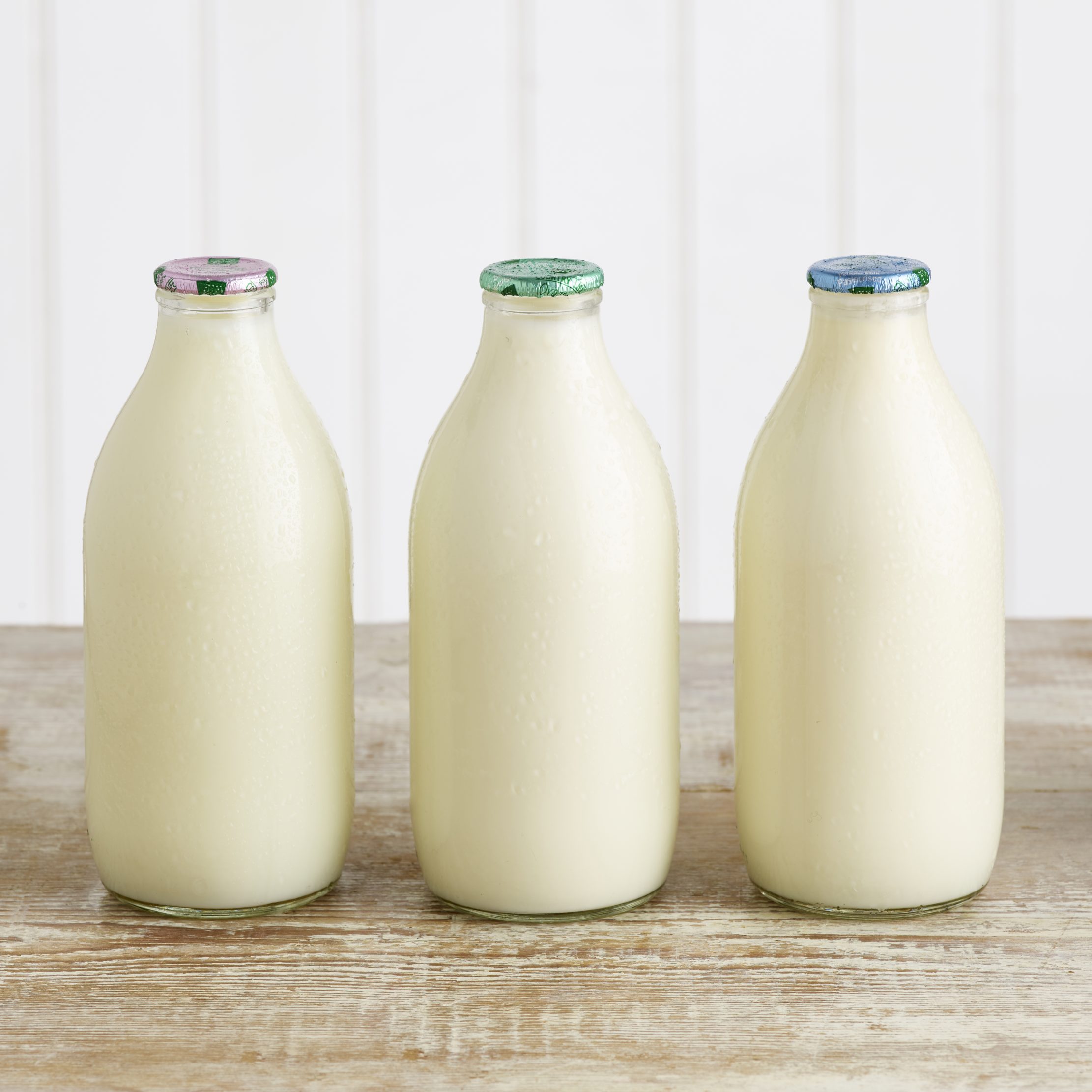
17. To cut down on food waste, plan meals in advance, eat seasonally and keep a stash of recipes for leftovers.
18. Any leftover cooked or raw food scraps can be placed in a local-authority kitchen caddy for recycling; fruit and vegetable peelings will make a welcome addition to the garden’s compost heap.
19. The Bag in Box (BiB) method of selling wine that’s popular in Europe is slowly catching on in Britain. When in Rome (wheninromewine.co.uk) and Somerset-based More Wine (www.morewine.eu) are two of a handful of UK companies that specialise in this sustainable format.
‘As we don’t import heavy glass bottles, we prevent the unnecessary import of thousands every month,’ points out Rich Hamblin, More Wine’s founder. ‘For our refill offers, we use recycled glass bottles from the UK. Additionally, we only sell low-intervention wines — most of these are certified organic, biodynamic or are considered natural. We think that minimising the use of manmade pesticides and additives in the vineyard is the only way to go.’
The sitting room
20. Insulation is the single most effective method of cutting down on home heat loss — house design and budget permitting.
21. Installing double-glazing comes not even close in second and perennially popular uPVC windows come in for criticism for their greedy consumption of oil/chemical additives during the manufacturing process. Wood, once reviled for warping and rotting, really can be the eco best and 21st-century manufacturing processes are starting to silence this sustainable material’s detractors.

22. More economical options include fitting thermally lined curtains, thermal wallpaper, swapping old-style lightbulbs for LEDs, fitting smart thermostats, donning extra layers of clothing and turning down the thermostat — to 19˚C, says the Committee on Climate Change in its recent report.
23. Salvaged flooring has a low carbon footprint and can be the perfect match for a period/listed house.
24. Cork flooring, made from the regenerating bark of the cork oak tree, also makes an environmentally friendly choice. Some manufacturers, such as family company Jelinek Cork Group (www.jelinek.com), the oldest existing supplier of cork flooring, also utilise thousands of old wine corks in their products.
25. Ever more companies are transforming sustainable or recycled materials into household furniture. Real Wood Studios (realwoodstudios.com) is a hub for skilled wood designer-makers who craft locally supplied sustainable Scottish hardwoods into bespoke items, including chairs, cabinets and coffee tables.
The home office
26. Apart from making a home office paper-free, ditching the throwaway screen wipes and ballpoint pens, recycling ink cartridges and looking for vegetable-based eco inks, there are bigger eco-friendly decisions to fry when it comes to ways of working.
Figures from the Office of National Statistics showed that, between January and March 2015, 4.2 million people worked from home, thus drastically cutting their carbon footprint. The number, made possible by improved digital connectivity, shows a rise of almost a quarter of a million in a decade and it’s predicted that half of the UK workforce will be working remotely by 2020.
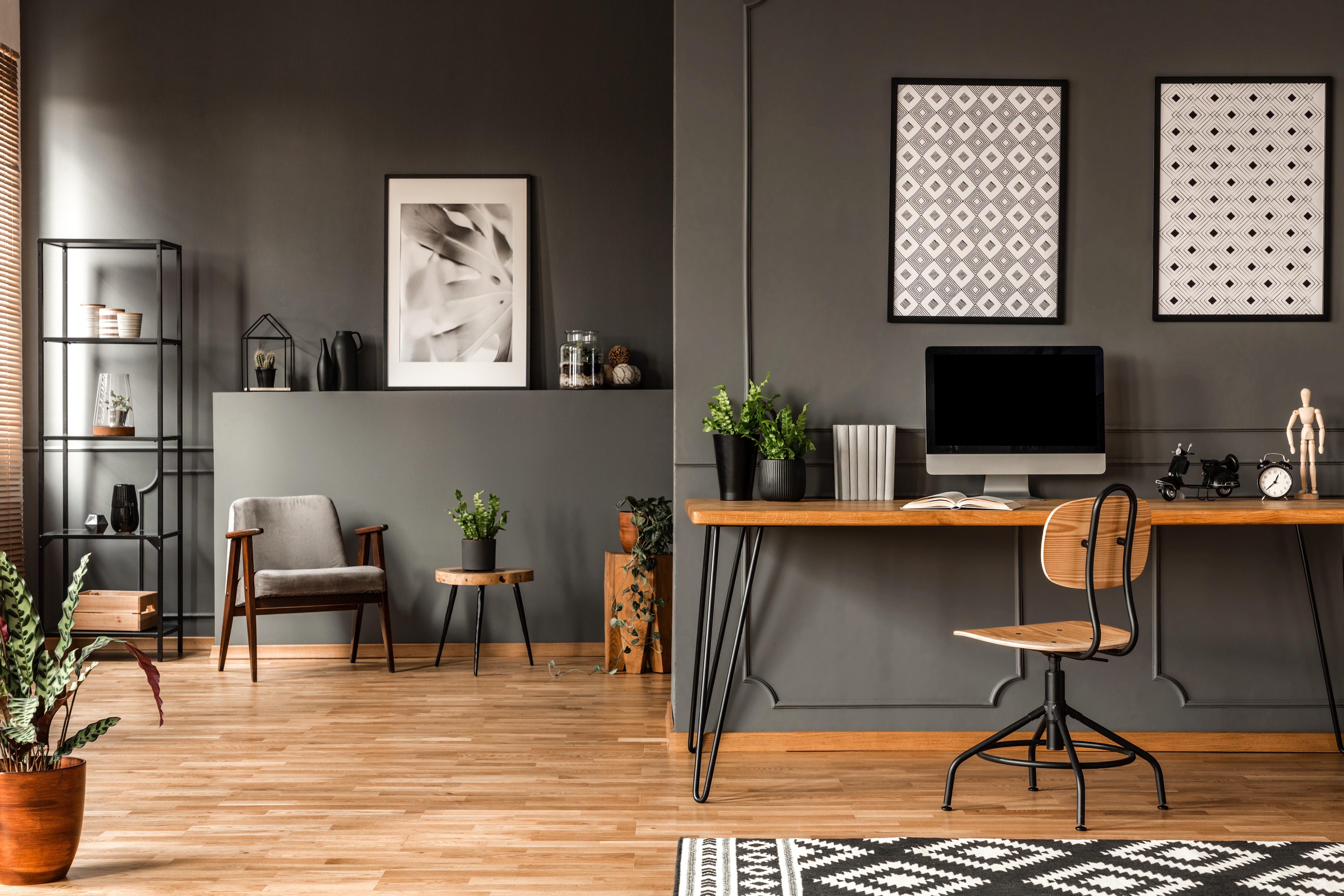
27. For the 26 million non-home workers, car-sharing trips to the office are recommended and numerous websites, such as liftshare.com, www.blablacar.co.uk and gocarshare.com, exist to pair up commuters heading in a similar direction each day.
28. Letting the train take the strain can earn more eco-commuter brownie points as, after walking and cycling, train travel is the most eco-friendly form of getting from A to B. It uses 30% less energy per passenger mile than the trusty car.
The bedroom
29. With unused clothing in British bedroom wardrobes worth an estimated £30 billion and the rise of ‘throwaway’ fashion prompting us to bin about £140 million of unloved garments each year, solutions include reusing garments (actress Emma Watson has pledged to wear a garment at least 30 times), buying better, more resilient clothing, washing pieces carefully for longevity and repair and selling or donating clothes rather than dispatching them to landfill. Buying vintage or via charity shops is inevitably better for Planet Earth.
30. As cotton growers use a disproportionate 16% of the world’s insecticides on their crops, the Oliver Spencer brand of men’s clothing (www.oliverspencer.co.uk) has promised to increase the percentage of organic cotton it uses in its collections year on year. Additionally, it uses low-environmental-impact linen and responsible wool and ensures that its locations are powered by renewable sources of energy.

Similarly, the ‘Less plastic, more fantastic’ proclamation on one of Vildnis’s T-shirts (vildnis.co.uk) illustrates its principled thinking and commitment to ‘strive to use the most environmentally friendly fabrics and production methods available’.
Shoe company Allbirds (www.allbirds.co.uk) makes its footwear out of a variety of sustainable materials, including merino wool, castor-bean oil (a component of the insoles), micro-organisms that consume plant sugars (eyelets), sugarcane (sole) and plastic bottles (laces).
31. Buy a sustainable or organic mattress — about 3kg–7kg (61⁄2lb–151⁄2lb) of antimony trioxide, chlorinated alkanes and decabromodiphenyl ether (DecaBDE) are contained in virtually every household mattress sold in Britain. Banned in many other countries, these toxins are not only destructive in environmental terms, but also to human health, as they leech through covers and are absorbed through the skin.
All products sold by Cottonsafe Natural Mattresses (www.cottonsafenaturalmattress.co.uk), a small family firm in Devon, are chemical-free. Most contain wool and cotton; some boast polyester — the material with the lowest carbon footprint — although flax and hemp are also used in the manufacturing process. Its Vegan Choice mattress has led to it becoming the first furniture company to receive Vegan Society accreditation. ‘All of our mattresses are stitched by hand and use no fire retardants, but pass the regulations,’ explains MD Mark Dowen. ‘They’re not only infinitely better for human health and the environment, but our products are recyclable and biodegradable. Added to this, Trading Standards has stated that 84% of fire-treated furniture doesn’t pass the regulations when tested. It’s a scandal that many people don’t even know about.’
32. Go for woollen bedding, too. Sustainable materials have been enjoying a resurgence in the bedroom in recent years. Urbanwool (www.urbanwool.co.uk) is one such company, producing hypoallergenic natural-wool duvets that are also organic, chemical-free and made without fire retardants or formaldehyde. Complete the set with organic-wool pillows and mattress topper.
The bathroom
33. Conserve water and send less volume to sewerage treatments by following the adage ‘If it’s yellow, let it mellow; if it’s brown, flush it down’. There are obviously right and wrong times to put this into practice — for example, not when visitors are due, but possibly at night when only the family is home.
34. Toilet flushing accounts for one-third of the 135 litres (30 gallons) of water used in UK households on a daily basis. An old-style loo can consume 14 litres (three gallons) in a single flush, but there are some simple and inexpensive measures that save water.
Filling a plastic bottle and placing it in the cistern reduces water usage per flush by up to three litres (five pints), according to The Greenage (www.thegreenage.co.uk). Alternatively, participating water companies offer free displacement devices that can potentially save up to 12,000 litres (2,640 gallons) per year.
35. When the time comes to replace an old toilet, a high-efficiency dual-flush model will offer savings across both flushes or retrofit a dual-flush function into an older toilet. Pressure-assisted toilets, which operate with compressed air, are growing in popularity in the residential sector despite their hefty price tag and noisy workings.
36. Regulated tap inserts are offered free by many water companies. Easy to fit on specified taps so that even DIY-phobes can cope, they limit splashing and restrict water flow to five litres (nine pints) per minute, thus saving the average household £36 per year. Shower Sense flow regulators do the same, ensuring that the shower releases its contents at a more eco-friendly rate of eight litres (14 pints) per minute.
37. When flow regulators won’t work with certain shower types, a four-minute egg timer with a suction cup stuck to tiles or glass enclosures will help you limit the seconds spent washing.
38. The Energy Saving Trust (www.energysavingtrust.org.uk) says cutting showering time by one minute will shave £15 off energy bills and £15 off water bills per person per year.
39. A new, more energy-efficient boiler to create oceans of hot showers with less environmental impact is one of the eco-improvements offered to householders in Green Deal, a Government-endorsed initiative. The Green Deal Finance Company (www.gdfc.co.uk) can provide a Green Deal loan following a property assessment that will be repaid through a home-energy bill every month. An accredited Green Deal installer can fit the recommended energy-efficient measures.
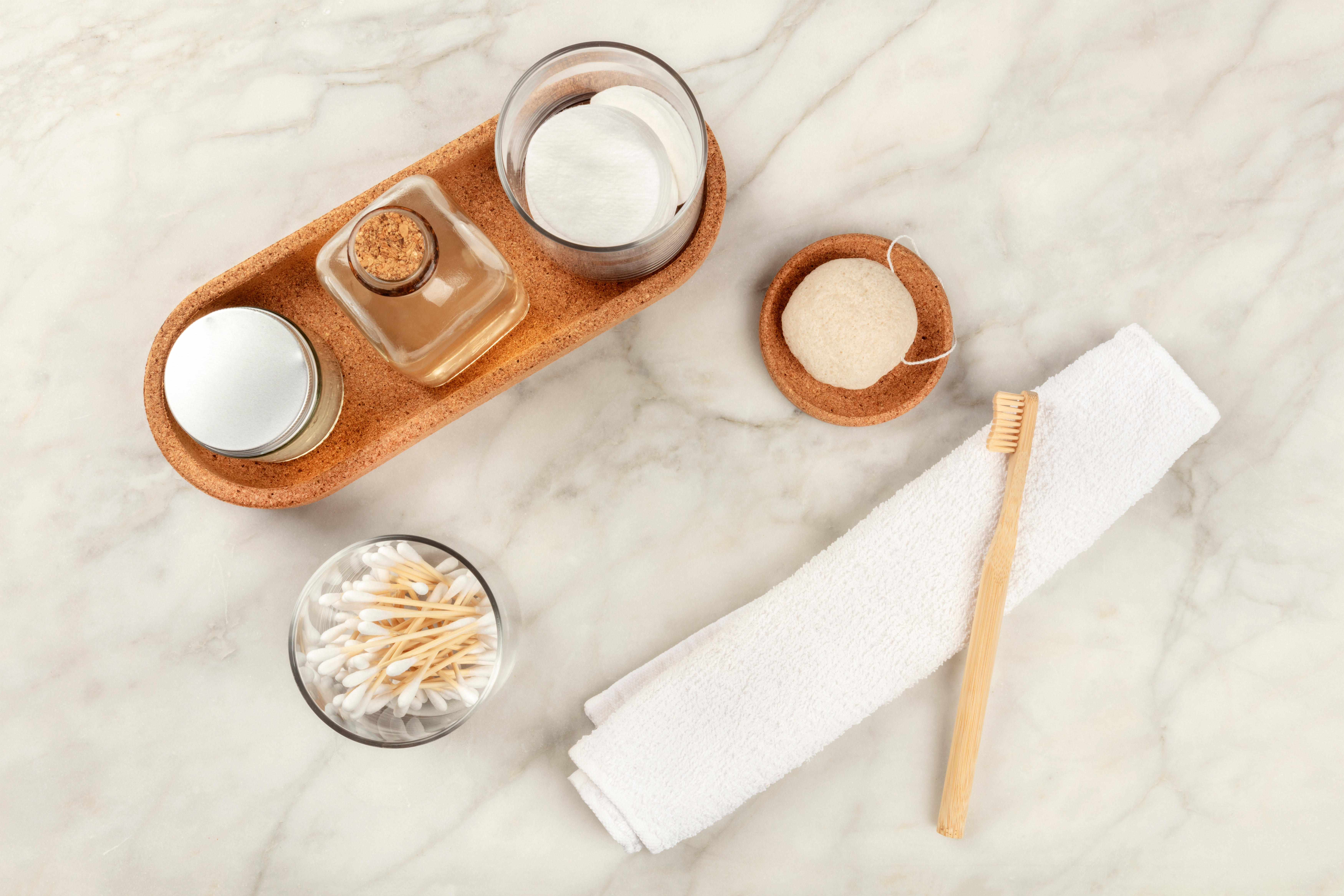
40. When the time comes to renew a bathroom suite, the old one doesn’t need to end up in landfill (the same goes for furniture items). It can be recycled, either via a local-council recycling centre, by selling it on eBay or through online sites that pair up sellers as well as ‘freecyclers’, including Freegle (www.ilovefreegle.org), plus Gumtree (www.gumtree.com), Freeads (www.freeads.co.uk) and Preloved (www.preloved.co.uk).
41. Disposable nappies take 450 years to break down and many contain moisture-locking gels that can have ill effects on landfill sites. However, reusable cloth nappies are widely available and these can be washed and reused many times.
42. Small items in the bathroom can create big problems. Toothpaste tubes are a major plastic polluter, although Colgate/TerraCycle have an Oral Care Recycling Programme, which has a network of drop-off locations throughout the UK for a variety of oral-care products and packaging (www.terracycle.com/en-GB/brigades/colgate).
Woobamboo (woobamboo.com) is one company making natural-silk dental floss, natural toothpaste and biodegradable bamboo toothbrushes. Wet wipes, which the Government plans to outlaw eventually, can be replaced by a wet facecloth and shampoo bars are kinder on the environment than their plastic-bottled counterparts.
43. Sustainable-ceramics company Alusid’s new Sequel tile range will appeal to those with eco thoughts on their mind during a serious bathroom overhaul. Each colourful tile is handmade in Preston from 98% recycled materials, including shards of glass from kerbside collections, broken porcelain sanitary ware and glaze waste from ceramic manufacture (www.parkside.co.uk).
The boiler room
47. One of the most significant contributions any householder can make to climate change is to switch to Green home energy-generation. However, there isn’t a ‘one size fits all’ solution and current systems have cons as well as pros.
Dale Vince, founder of Green energy company Ecotricity, notes that small-scale wind power has the lowest cost of energy generated and the fastest payback, but it’s the hardest to get planning for, tends to be suited to farms and businesses with higher than average energy requirements, and is also affected by location. A suitable area is one that’s exposed to south-westerly winds.
48. Solar panels come with the second lowest price tag and payback, but the system has to be scaled to match consumption. Unfortunately for householders, Government feed-in tariffs for additional power generated ended in April. Increasingly, solar panels are linked up to battery storage, so extra energy generated when the sun is shining can be banked and used when needed.
49. Ever more householders are installing heat pumps. There are three types: air source, water and ground source. ‘Ground is the most efficient, but it costs the most to install and a fair bit of land will be dug up for installation. Air source is the easiest to install and the cheapest to buy, but it’s the least effective. It works, but you’re pretty much replacing gas use with electricity, although you do get more out than you put in,’ says Mr Vince.
50. Other options include biomass, but this is only as ‘Green’ as the wood sourced, plus burning wood contributes to air pollution (as does a log burner in living areas). Any boiler should be checked for its eco credentials. Hydrogen has been touted as the next essential planet-saving heating option by the CCC to replace natural gas, but it’s a long way off being an off-the-shelf option for the householder.
51. A switch to a Green energy supplier won’t mean using non-National Grid electricity and gas, but the provider will buy energy from renewable sources, matching the amount you purchased.
The garage
44. The Government intends for all vehicles to be emission-free by 2040 and is offering a sweetener in the form of a grant of 35% of the purchase price (up to £3,500, via the dealer) on approved vehicles (www.gov.uk/plug-in-car-van-grants) to those who are keen to trade in the diesel/petrol guzzler they house overnight in their garage for an electric model.
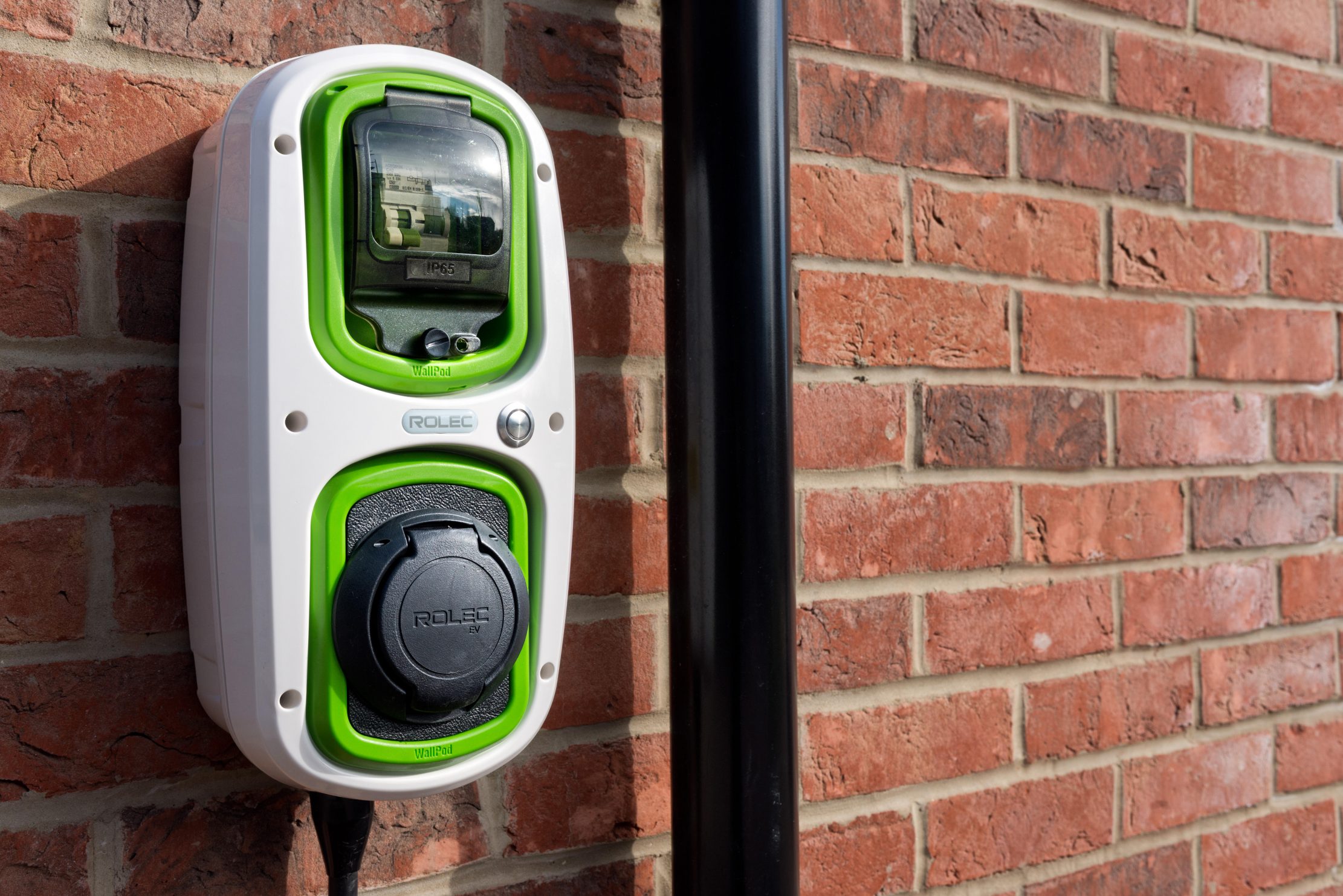
45. Hybrids still remain an attractive eco proposition and they qualify for lower tax rates, although additional incentives for squeaky clean cars include lower/no Clean Air Zone charges and free parking in some areas.
46. A garage or a driveway can be the perfect spot for siting a vehicle chargepoint, with home charging leading to the greatest financial savings. The Electric Vehicle Homecharge Scheme gives eligible car owners up to 75%/£500 off the costs of the chargepoint and its installation. Inevitably, your electricity bill will see a hike, but the Energy Saving Trust notes that savings can be made by switching to cheaper tariffs.
The garden
52. With time and effort, any garden can be transformed into a productive vegetable patch. If growing vegetables is a new venture, Guy Barter, the RHS’s chief horticulturist, advises: ‘Consider adding beetroot, chard, globe artichoke and lettuce to beds and borders. People with just a patio can get excellent results from container veg grown in peat-free growing media.’ He also recommends growing apples, raspberries, salads, sprouting broccoli, tomatoes and herbs.
53. A greenhouse — even a small one — or a polytunnel will extend the growing season and will be ideal for aubergines, melons, peppers and tomatoes.
54. Garden without the use of chemicals. Neem fertiliser (www.thenaturalgardener.co.uk) is a natural alternative, although introducing plants that ladybirds and lacewings love will mean they’ll help to keep those annoying aphids at bay.
55. Composting garden and non-food uncooked kitchen waste is valuable, but, in most households, the available waste produces little organic matter at the end. Where fallen leaves are abundant in the autumn, stacking leafmould is worthwhile. Composted municipal waste is increasingly widely offered and is a good source of sustainable soil food.
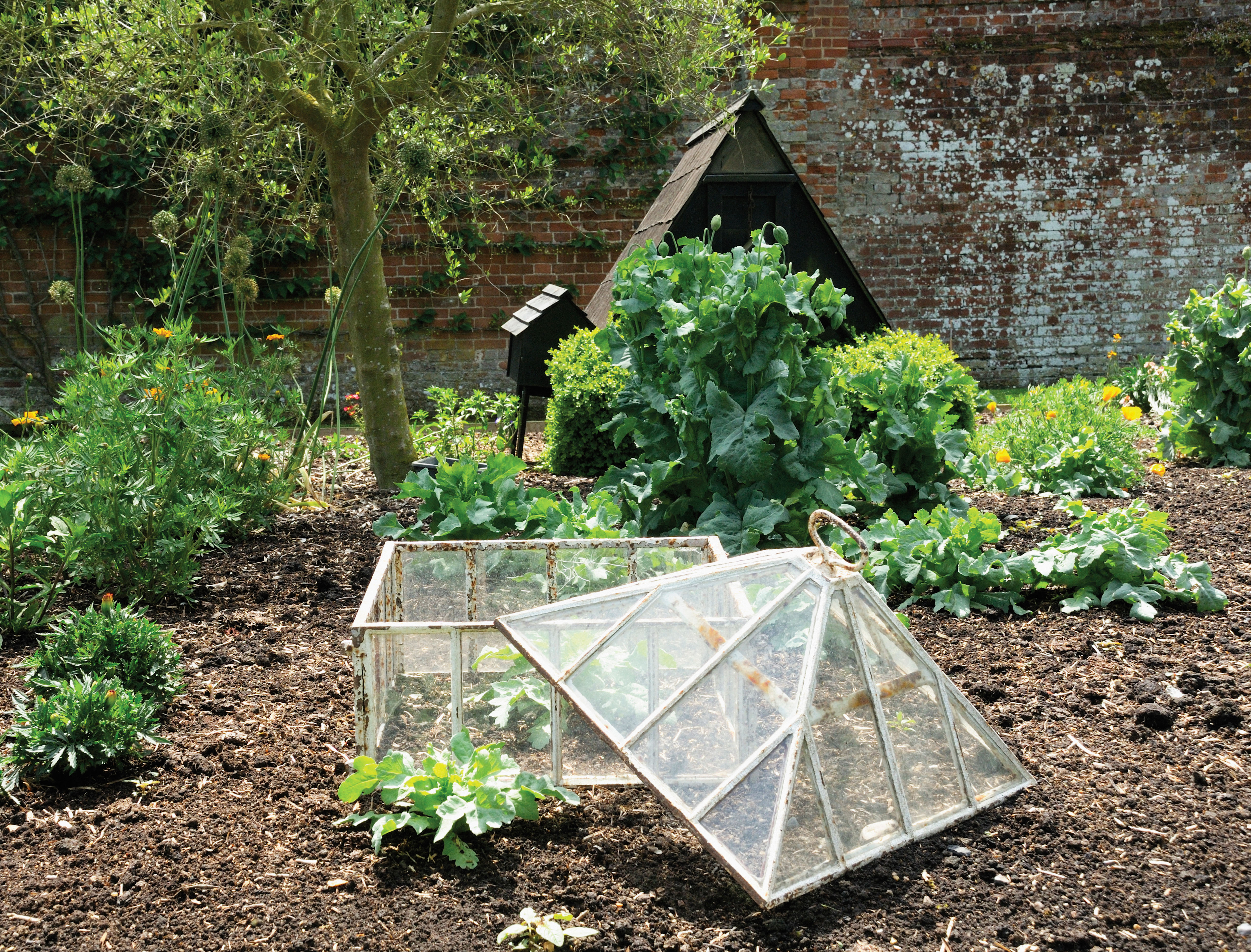
56. When designing a garden, hedges are more environmentally friendly than fences, ponds and trees are the most effective ways of supporting wildlife, limit hard paving — try instead to add porous surfaces, such as gravel, when planting isn’t possible — and limit the impact of garden buildings by clothing them with climbers.
57. Arrange guttering so that rainwater can be collected to water the garden during a dry spell. ‘Any convenient downpipe can, in theory, be tapped into to fill a water butt, although cast-iron pipes can prove difficult. In practice, water butts are soon depleted, but eking out water supplies with waste water from the kitchen is a possibility or, local byelaws permitting, diverting water from the bath and shower to the garden,’ says Mr Barter.
58. Push lawnmowers are feasible for small plots, but electric mowers are worth considering for a larger area. Allowing some of the lawn to run wild and cutting it just twice a year is an environmentally friendly and low-maintenance method, perhaps with paths mown through it.
59. The most ecologically sound garden shed is one that’s rescued from someone else’s garden, revamped and reused. Given a green or living roof, it will become a haven for insects and birdlife. Sedum Green Roof (www.sedumgreenroof.co.uk) supplies the equipment needed, including mats and plant plugs.
60. A holiday at home, perhaps tending the veg patch, is the greenest way to enjoy a vacation. Air travel is estimated to contribute about 2.5% to total global CO2 emissions and these are projected to soar by 4%–5% per year over the next few decades.
This article was originally published in June 2019.

Credit: National Geographic Expeditions / Shutterstock
Seven unforgettable trips which combine beauty, wonder and sustainability
Whether you're fulfilling a lifelong dream, booking a family holiday or returning to a place which has already captured your
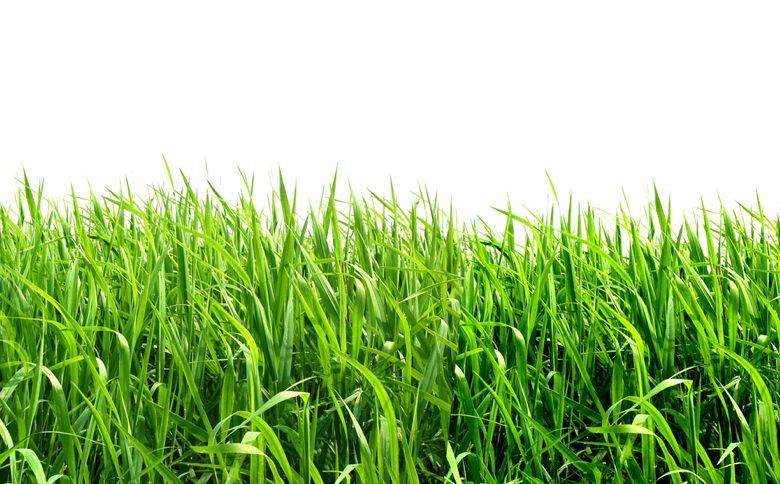
Credit: Dreamstime
Gas from grass: The bold plan which could end the fracking debate, and boost farming
A bold new scheme is in place which claims to be able to kill off the idea of fracking, give
Country Life is unlike any other magazine: the only glossy weekly on the newsstand and the only magazine that has been guest-edited by His Majesty The King not once, but twice. It is a celebration of modern rural life and all its diverse joys and pleasures — that was first published in Queen Victoria's Diamond Jubilee year. Our eclectic mixture of witty and informative content — from the most up-to-date property news and commentary and a coveted glimpse inside some of the UK's best houses and gardens, to gardening, the arts and interior design, written by experts in their field — still cannot be found in print or online, anywhere else.

